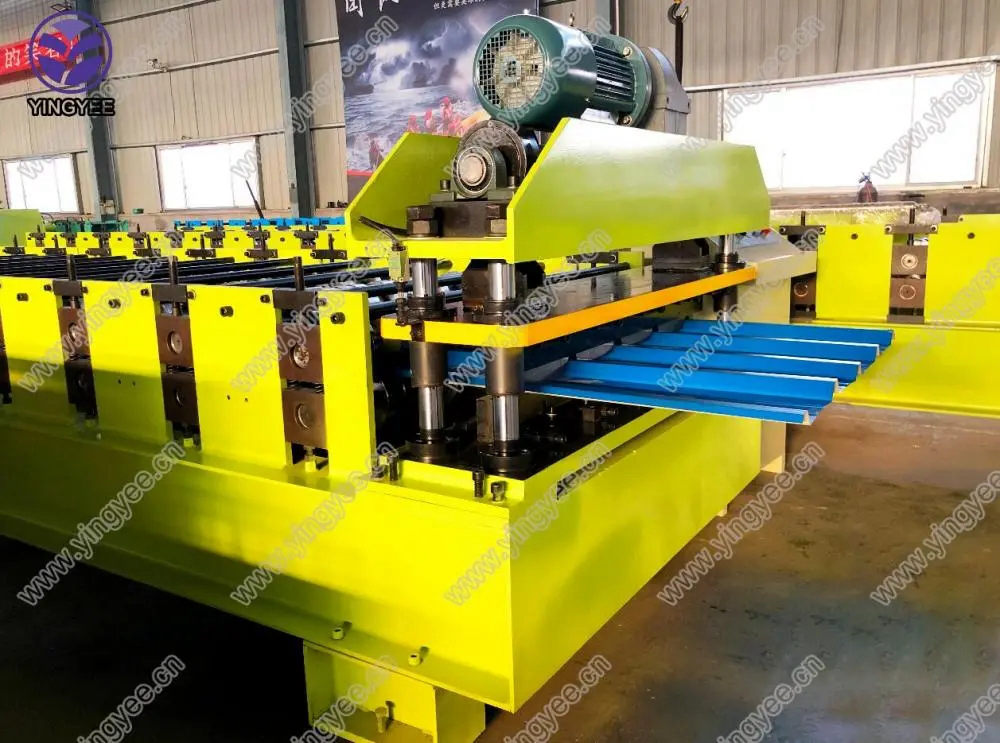
The Innovation of Boltless Roof Systems
In the realm of modern construction, the quest for efficiency, durability, and cost-effectiveness has led to the advent of various innovative structural systems. One notable advancement in this field is the implementation of boltless roof systems. These systems, characterized by their simplicity and structural integrity, are revolutionizing how we design and construct roofs, particularly in industrial and commercial settings.
Definition and Overview
A boltless roof system is a roofing solution that eliminates the need for traditional bolted connections. Instead of using bolts, these roofs utilize a series of interlocking panels that are connected through innovative designs, such as snap-fit mechanisms or overlapping joints. This method of assembly presents significant advantages over conventional roofing systems, making them increasingly popular across various industries.
Advantages of Boltless Roof Systems
1. Speed of Installation One of the primary benefits of boltless roof systems is the significantly reduced installation time. The lack of bolts and fasteners means that construction crews can quickly assemble the roof without the need for specialized tools or techniques. This efficiency is particularly beneficial in projects with tight deadlines or in adverse weather conditions.
2. Cost-Effectiveness By eliminating the need for bolts and other fastening materials, boltless roof systems can help reduce overall material costs. Additionally, the faster installation time translates into lower labor costs. For businesses looking to maximize their return on investment, these cost savings can have a substantial impact on the project’s bottom line.
3. Structural Integrity Boltless roof systems are designed to distribute loads evenly across the structure, which can enhance the overall stability of the building. The interlocking nature of the panels allows for better resistance to environmental stresses such as wind and snow load. Furthermore, the absence of bolts minimizes the chances of corrosion and deterioration over time, ensuring a longer lifespan for the roofing system.

4. Flexibility and Versatility These systems can be customized to meet specific architectural and functional requirements. Whether it’s a flat industrial roof or a more complex shape, boltless roofing can be tailored to fit various designs, making it suitable for warehouses, factories, and even residential applications.
5. Improved Aesthetic Appeal The clean and streamlined appearance of boltless roofs can enhance the visual appeal of a structure. Without the clutter of visible bolts and fasteners, these roofs can create a more modern and sleek look, aligning with contemporary architectural trends.
Challenges and Considerations
Despite their myriad benefits, boltless roof systems are not without challenges. One concern is the initial investment in technology and materials, as transitioning from traditional systems can require changes in design and construction practices. Additionally, while the systems offer considerable advantages, they must be carefully designed and engineered to ensure they can withstand local environmental conditions.
The Future of Boltless Roof Systems
As the construction industry increasingly emphasizes sustainability and efficiency, the adoption of boltless roof systems is likely to grow. Innovations in materials, such as lightweight composites and coated metals, will further enhance the capabilities of these systems, making them even more appealing to builders and architects.
In conclusion, boltless roof systems represent a significant leap forward in roofing technology. By offering speed, cost savings, structural integrity, flexibility, and aesthetic advantages, they stand as a compelling solution in modern construction. As the industry moves towards more efficient and sustainable practices, the boltless approach may well become a standard fixture on construction sites around the world.